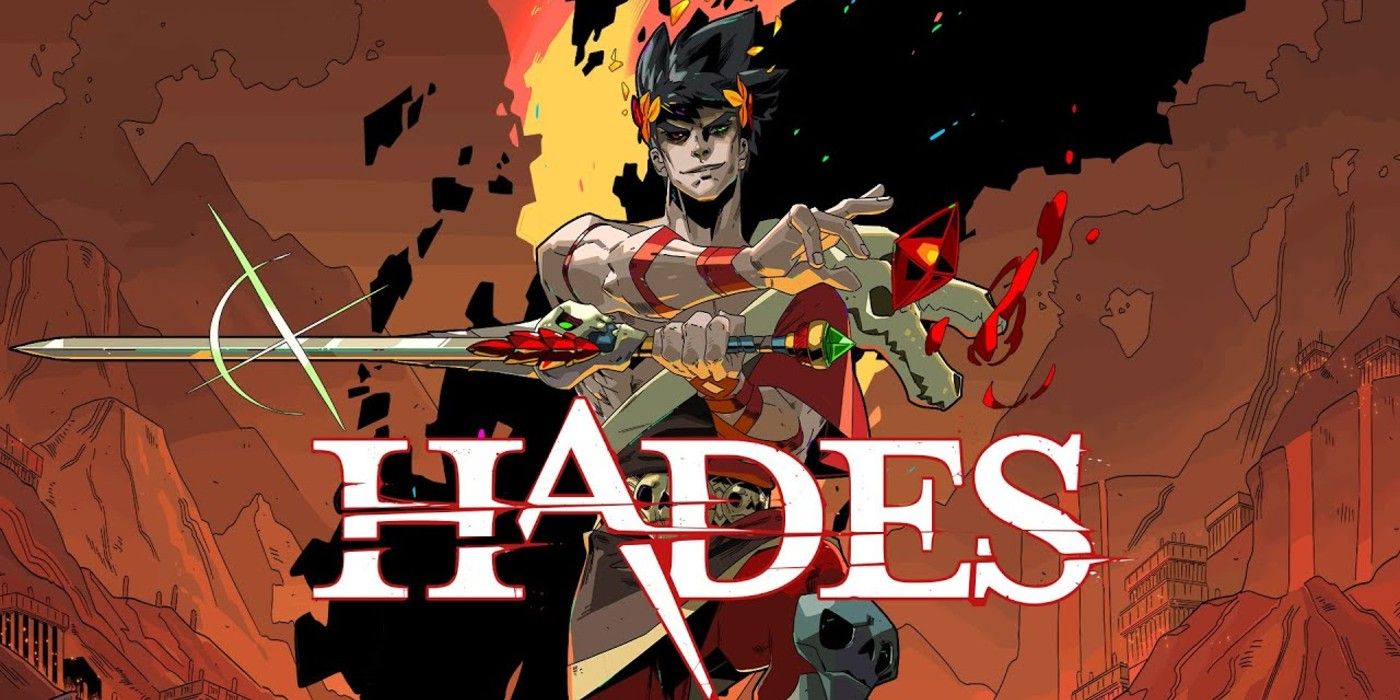With current-gen consoles having more rendering power than ever before, now seems like the perfect time to remind gamers that a good video game does not necessarily need realistic graphics. The games that were popular this year should be perfect examples of this, as Among Us, Animal Crossing: New Horizons, and Fall Guys have seen success in massive amounts. In fact, there are actually many famous games that have purposefully avoided realistic graphics, instead opting to go in the opposite direction using a rendering technique called cel-shading.
Cel-shading is a way of rendering 3-D objects to make them appear more 2-D, or cartoon-like. This style of art direction often imparts an ageless charm to the games that use it, and some of the most memorable games ever share the use of this technique. Many of these games are even still being talked about and played today thanks to their unique and stylish visuals, a perfect example being Jet Set Radio, originally released as Jet Grind Radio. This game released over two decades ago, but it is still considered a classic by many and even continues to inspire the creation of new games like Bomb Rush Cyberfunk, which is set to release sometime in 2021.
Although Jet Set Radio is one of the oldest examples of cel-shading being used in video games, it's far from the last. Skipping over even more classics like Viewtiful Joe, Okami, and No More Heroes, cel-shading eventually found another home in Borderlands, the first game in a famous action RPG/FPS series that has even made its way to modern consoles through Borderlands 3. Besides the wild characters and abundant explosions in this series, its unique cel-shaded art direction is certainly one of the biggest factors that has led to its large fanbase. Borderlands isn't the only series to utilize cel-shading though, as even The Legend of Zelda uses this technique, perhaps most famously in The Legend of Zelda: The Wind Waker.
Cel-Shaded Games Like Wind Waker Are Still Popular Today
The Legend of Zelda: The Wind Waker is possibly the most famous example of the series utilizing cel-shading techniques, and it did so in a spectacular way. Even though the game was released in 2013, it doesn't appear to have aged nearly as much as other titles released that year thanks to its distinctive art style. The most recent title in the franchise, The Legend of Zelda: Breath of the Wild, actually utilizes cel-shading techniques too, though it might not be as obvious as in Wind Waker. The technique is still important though, as the way BOTW would look without cel-shading is almost sad to consider, especially since a lot of the feelings of awe the game imparts on players are thanks to its cel-shaded style.
Cel-shading is a technique that allows developers to artistically portray two dimensional styles using three dimensional tools. Photorealistic graphics can still lead to some amazing games, with Bluepoint's Demon's Souls remake being a perfect example. With these photorealistic games becoming increasingly easier to produce though, it is important to remember that a good game does not necessarily have to look real. The Legend of Zelda: Breath of the Wild alone proves this, as it has an amazing amount of quality content, all while not looking realistic in the slightest.
Moving away from the powerhouse that is BOTW, another recently popular game which uses cel-shading is Supergiant's Hades, which utilizes fast-paced combat and stunning visuals to great effect. The main takeaway here is to never judge a game as being bad simply because it doesn't look realistic. Honestly, it's hard to imagine a worse reason for missing out on some of the best experiences in gaming.


